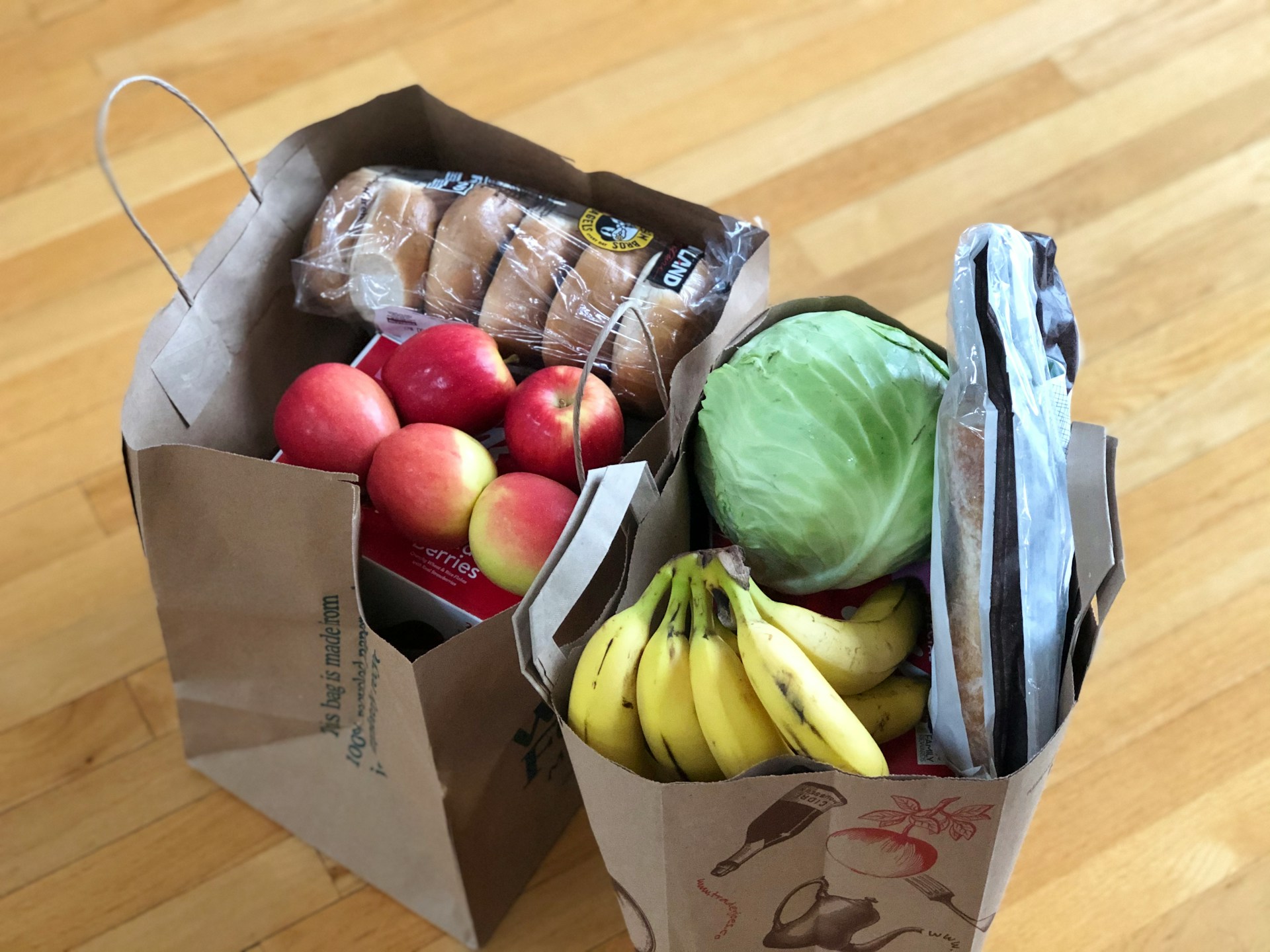
Grocery shopping feels simple. You walk in, grab what you need, maybe pick up a few extras, and sometimes put things back on the shelf. But have you ever wondered if grocery retailers are tracking what you put back? This question matters more than you might think. Retailers want to know what you almost bought, not just what you take home. Understanding how your shopping habits are tracked can help you make smarter choices and protect your privacy. Here’s what’s really happening when you put that box of cereal back on the shelf.
1. Smart Carts and Shelf Sensors Are Watching
Many grocery retailers now use smart carts and shelf sensors. These tools track what you pick up and what you put back. Smart carts have sensors that scan items as you place them in or take them out. Some stores use weight sensors on shelves to detect when an item is removed or returned. This technology helps stores learn which products catch your eye but don’t make it to checkout. It’s not just about what you buy. It’s about what you almost buy. This data helps stores adjust prices, change displays, or even send you targeted coupons. The primary SEO keyword, “grocery retailers,” is at the heart of this shift.
2. Cameras and AI Track Your Movements
Cameras are everywhere in modern grocery stores. They do more than prevent theft. Many retailers use artificial intelligence to analyze video footage. These systems can track which products you pick up, examine, and put back. Some even use facial recognition to connect your actions to your loyalty account. This information helps grocery retailers understand shopping patterns. They can see which products get attention but not sales. This can lead to changes in store layout or product placement.
3. Loyalty Programs Collect More Than You Think
Loyalty programs are everywhere. They offer discounts and rewards, but they also collect a lot of data. When you scan your loyalty card, grocery retailers can link your purchases to your profile. Some stores even connect in-store behavior, like what you put back, to your account. If you use a store app, it might track your location in the store. This helps retailers see which aisles you visit and which products you consider. The more you use these programs, the more data you share. It’s not just about what you buy. It’s about your entire shopping journey.
4. Mobile Apps and Digital Carts Track Your Choices
Many grocery retailers encourage you to use their mobile apps. These apps can track your shopping list, your location in the store, and even what you scan but don’t buy. Some digital carts let you scan items as you shop. If you remove an item from your cart, the app records it. This data helps stores understand which products are almost purchased. They can use this information to send you personalized offers or reminders. If you’re using a store’s Wi-Fi, your movements and choices might be tracked even more closely.
5. Why Grocery Retailers Want This Data
Grocery retailers want to know what you put back on the shelf for a reason. This data helps them understand what’s stopping you from buying. Maybe the price is too high. Maybe the packaging isn’t appealing. By tracking these moments, stores can make changes that increase sales. They might lower prices, redesign packaging, or move products to a different spot. This isn’t just about selling more. It’s about making the shopping experience better for you. But it also means your actions are being watched more closely than ever.
6. Privacy Concerns and What You Can Do
All this tracking raises privacy concerns. Not everyone is comfortable with grocery retailers knowing so much about their habits. If you want to protect your privacy, there are steps you can take. Avoid using loyalty cards or store apps if you don’t want your data tracked. Pay with cash instead of cards. Be aware of cameras and sensors in the store. You can also ask your grocery retailer about their data policies. Some stores let you opt out of certain types of tracking.
7. How This Data Shapes Your Shopping Experience
The data grocery retailers collect doesn’t just sit in a database. It shapes your shopping experience. Stores use this information to decide which products to stock, where to place them, and how to price them. You might notice more targeted coupons or special offers based on what you almost bought. Sometimes, you’ll see products moved to eye level or end caps because many shoppers picked them up but put them back. The goal is to make you more likely to buy next time. This can be helpful, but it also means your choices are being influenced in ways you might not notice.
8. The Future of Grocery Shopping
Technology in grocery stores is only going to grow. Expect more smart carts, advanced cameras, and detailed tracking. Grocery retailers will keep looking for ways to understand your habits. This could mean more personalized offers and a smoother shopping experience. But it also means more data collection. As a shopper, you’ll need to decide how much information you’re willing to share. The balance between convenience and privacy will keep changing.
Your Shopping Habits Matter More Than You Think
Every time you pick up an item and put it back, grocery retailers are paying attention. This data helps them shape your shopping experience, for better or worse. Understanding how and why you’re being tracked can help you make smarter choices. You have more control than you think. Stay aware, ask questions, and decide what works best for you.
Have you noticed any changes in your grocery store’s technology or tracking? Share your thoughts in the comments.
Read More
How Grocery Stores Are Using AI to Boost Sales
10 Ways Retailers Are Spying on Your Shopping Habits
The post Are Grocery Retailers Tracking What You Put Back on the Shelf? appeared first on Grocery Coupon Guide.







